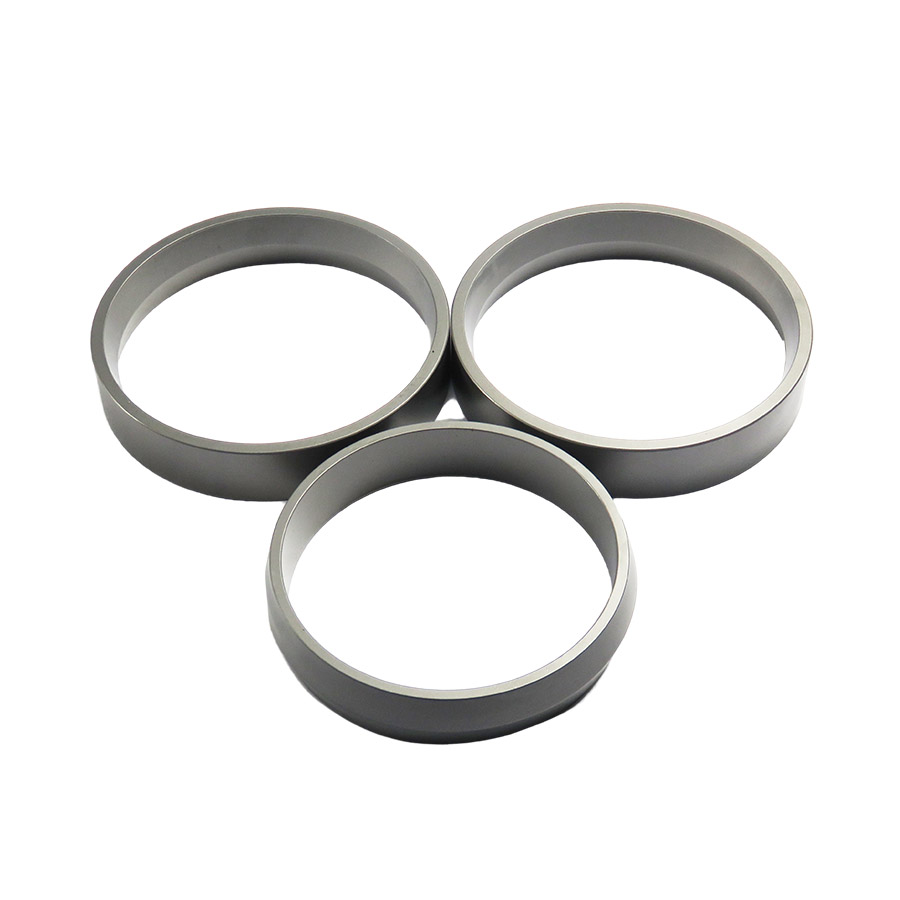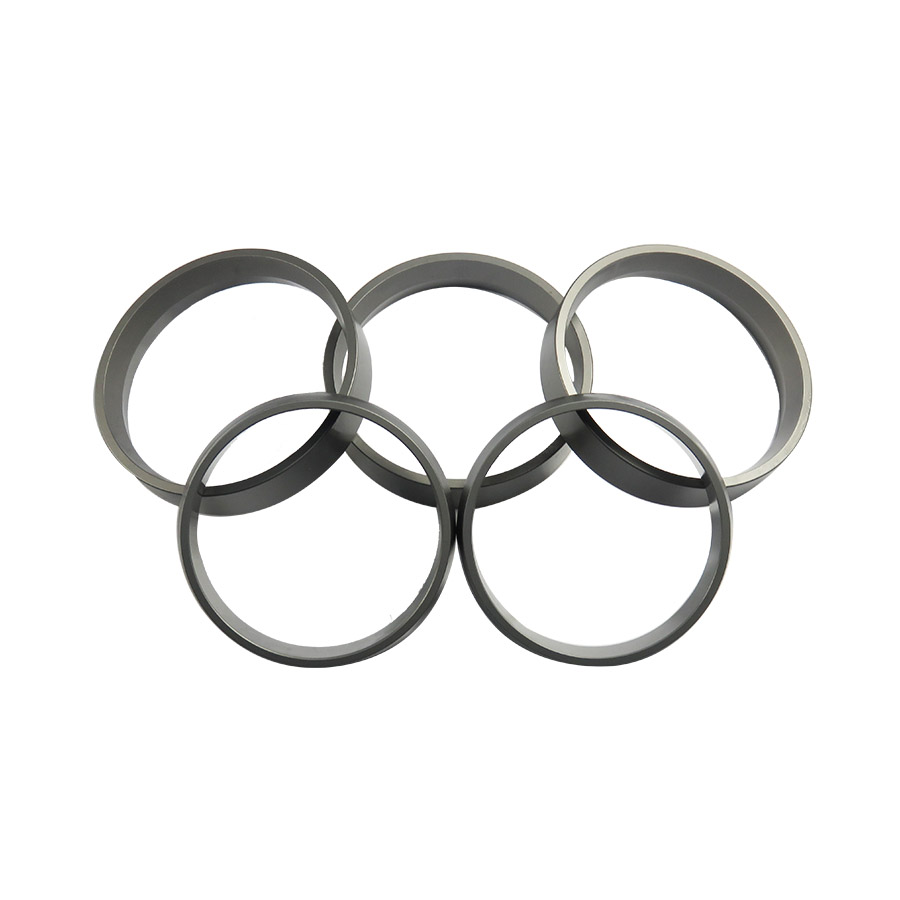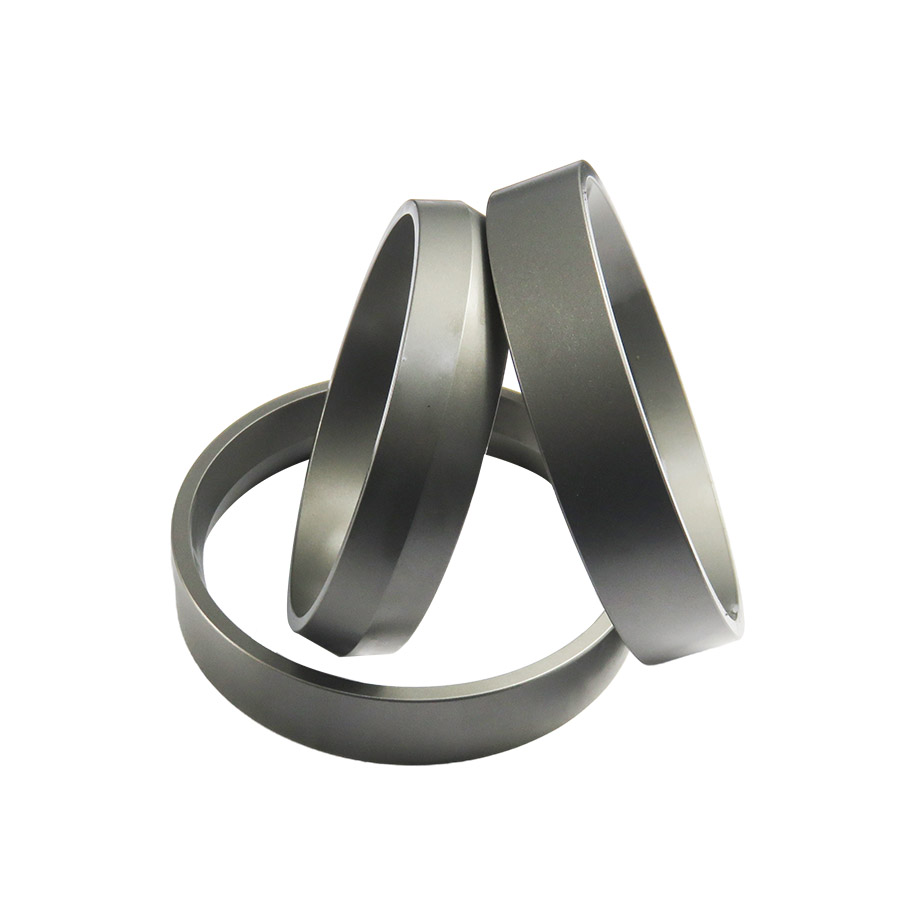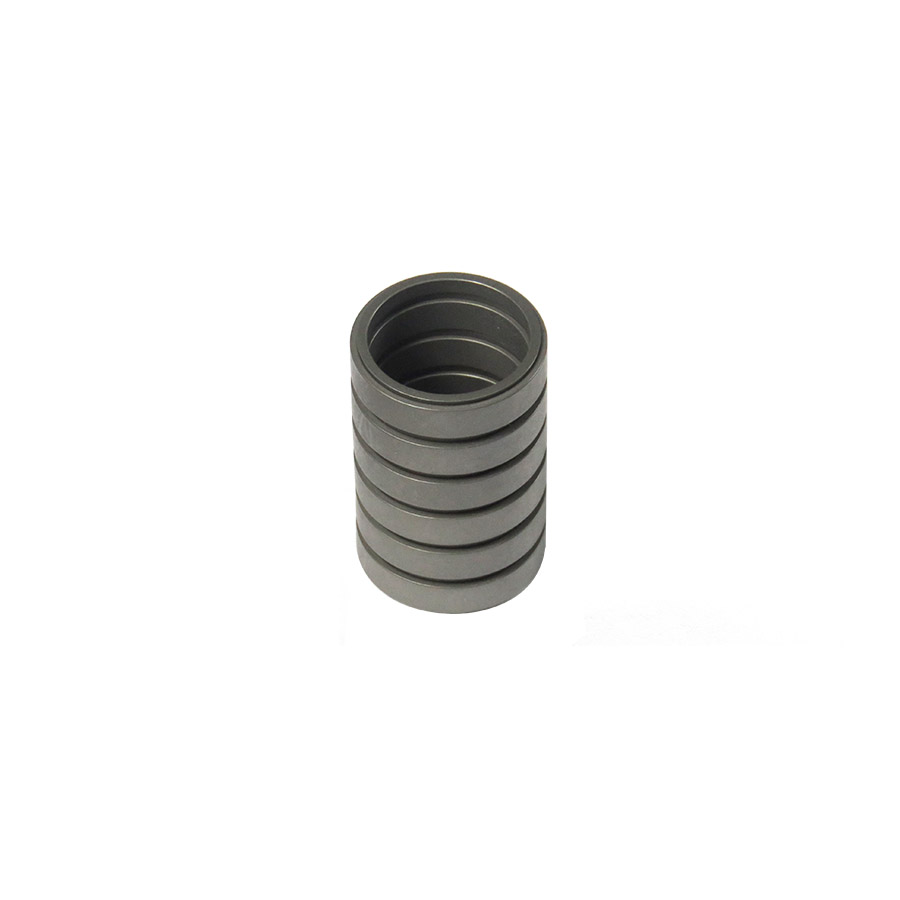Ring spring

Industrial Fricition Spring
Ring spring Introduction
Product Characteristics and Benefits
Compared to conventional damping solutions, friction springs offer several superior advantages:
• High Energy Absorption with Minimal Weight and Volume – By fully utilizing the spring material, the dimensions and weight are minimized while maximizing energy absorption.• High Damping Capability – The standard damping ratio is 66%, ensuring rapid energy absorption and complete suppression of resonance effects. Depending on the lubricant used, the damping ratio can be adjusted between
33% and 66% to meet specific customer and application requirements.
• Consistent Performance Regardless of Load Speed – The force-stroke diagram remains valid under all operating conditions. Unlike other damping systems, friction springs deliver full energy absorption and damping effects
whether the load is applied slowly or rapidly.
• Overload Protection in Block Position – Designed to function safely at full compression, ensuring that permissible stress limits are not exceeded and preventing damage to the spring.
• Temperature Stability – The force-stroke characteristics remain constant within a temperature range of -20°C to +60°C, unaffected by temperature fluctuations or internal heating. For applications outside this range, technical consultation is recommended.
• Maintenance-Free Operation – Generally, no re-lubrication is required during operation. Using unsuitable lubricants may even cause spring failure.
• Flexible Parallel and Serial Configurations – Depending on installation space constraints, friction springs can be arranged in parallel for increased force capacity or in series for extended spring travel.
• Custom Designs for Specific Applications – In addition to standard models, tailored solutions can be developed to meet unique application requirements.
Structure of a Friction Spring
If a friction spring consists of e elements and ends with half rings, its unstressed length is:
L_0 = e \cdot h_e
The total spring travel can be calculated as:
s = e \cdot s_e
Without considering the pretensioning force, the spring work is:
W = e \cdot W_e
The end force remains unchanged regardless of the number of elements.
Selection and Installation Guidelines
Proper selection and installation of friction springs are essential to ensure optimal performance and longevity. When choosing a friction spring, factors such as load capacity,
required damping, and environmental conditions must be considered.
During installation, pretensioning is crucial—typically set between 5% and 10% of total spring travel—to enhance performance while maintaining the integrity of the lubricant film.
Adequate guiding must be provided at either the inner or outer diameter, except for short springs compressed between parallel guided plates.
Lubrication plays a vital role in ensuring smooth operation. Only recommended lubricants should be used, as the conical surfaces endure extreme contact pressure. Additionally,
friction springs must be protected from dirt and moisture, as contaminants can compromise the lubricant film. In harsh environments, protective bellows may be necessary.
By following these guidelines, friction springs can operate reliably, offering excellent damping performance and durability in various applications.





